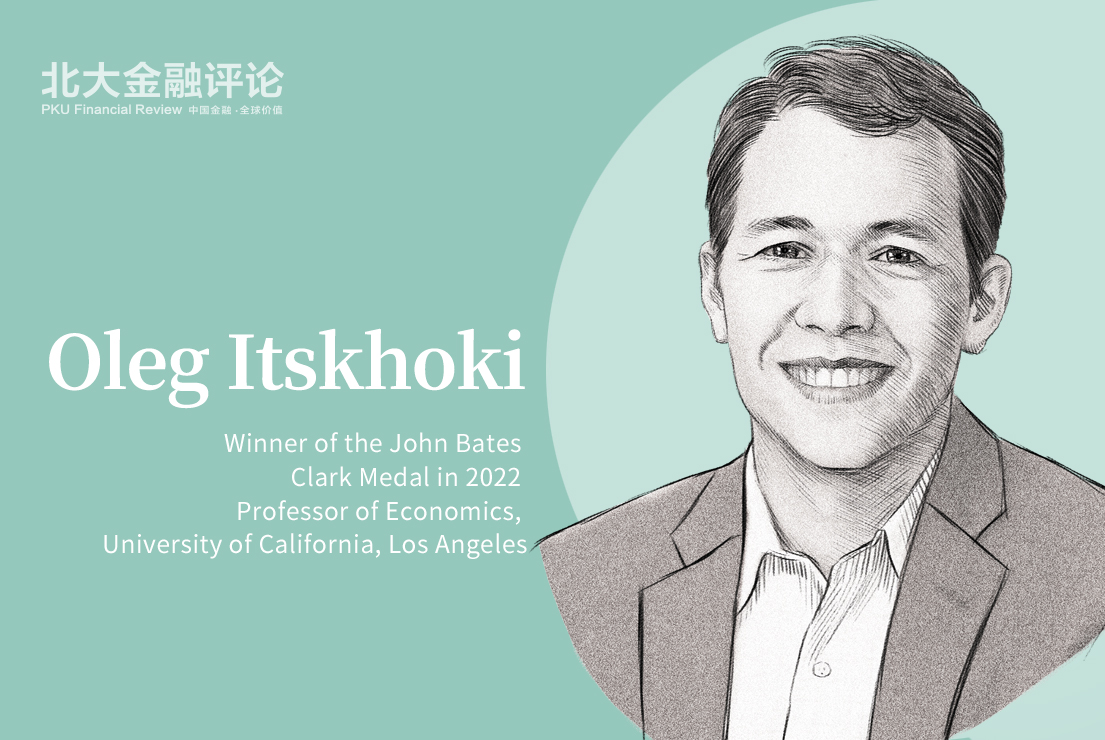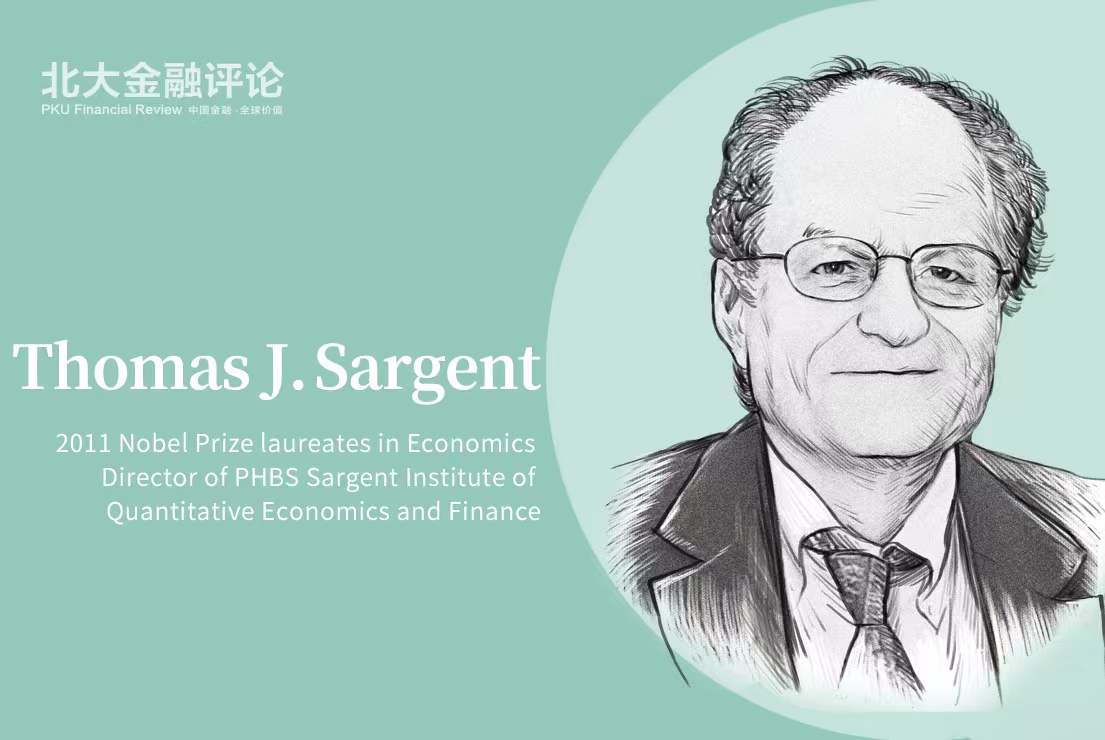The sixth PKU-NUS International Conference on Quantitative Finance and Economics was held online from May 14 to 15. Jointly sponsored by Peking University HSBC Business School (PHBS), the Risk Management Institute (RMI) of the National University of Singapore (NUS), and Key Laboratory of Mathematical Economics and Quantitative Finance at Peking University, this year’s annual conference was organized by the School of Mathematical Sciences of Peking University, attracting more than 100 scholars to enhance their quantitative techniques, discuss new methods, and share the latest research findings.

Opening remarks were delivered by Professor Li Chenxu, the Guanghua School of Management, Wang Pengfei, vice chancellor of PKU Shenzhen Graduate School and dean of PHBS, and Chen Yi-Chun, director of the RMI. Professor Li hoped that this conference could promote in-depth and extensive academic exchanges and cooperation among universities. Professor Wang expressed his heartfelt gratitude to our co-organizers and hoped that this annual event could enhance the relations among scholars and keep close track of academic breakthroughs. He also introduced our school’s academic achievements in 2021 and reflected on the long-lasting cooperation with NUS. Professor Chen briefed on the history of the conference, noting that PKU and NUS should further enhance cooperation and relations.

The conference invited three keynote speakers, Professor Yacine Aït-Sahalia (Princeton University), Professor He Xuezhong (Xi'an Jiaotong-Liverpool University), and Professor Liu Qingmin (Columbia University), to share their insights. Professor He elaborated on his paper "Quantitative Investing and Price Informativeness," where he established an equilibrium model of quantitative investment (QI) in the asset management market to study the impact of QI on market efficiency and stability. The research shows that QI affects price informativeness through two channels: directly, it brings more informed capital and superior price information; indirectly, imperfect price interpretation injects systematic noise into equilibrium results due to common errors in institutional price processing. In the equilibrium of an endogenously-determined fund market, whilst also inducing more capital flows to quantitative funds, lowering price information could further motivate the formation of quantitative funds. Professor Aït-Sahalia and Professor Liu shared the findings of their papers “How and When are High-Frequency Prices Predictable” and “Stability and Efficiency of Two-Sided Matching Markets” respectively.
Following the keynote speeches, the workshop featured six sessions, covering papers in the fields of macroeconomics, microeconomics, computational finance, algorithmic trading, financial modelling, liquidity and credit risk, mathematical economics, portfolio selection, mean-field game theory, and FinTech. 45 high-quality papers were selected from many submissions, and seven papers of our faculty and researchers were presented.

Following the keynote speeches, the workshop featured six sessions, covering papers in the fields of macroeconomics, microeconomics, computational finance, algorithmic trading, financial modelling, liquidity and credit risk, mathematical economics, portfolio selection, mean-field game theory, and FinTech. 45 high-quality papers were selected from many submissions, and seven papers of our faculty and researchers were presented.
Dong Ding, a Ph.D. candidate from Hong Kong University of Science and Technology, introduced his paper “Turbulent Business Cycles,” coauthored with Professor Wang Pengfei and Liu Zheng, the Federal Reserve Bank of San Francisco. They found that turbulence was countercyclical and closely associated with recession: at the micro level, turbulence could reallocate resources from high-productivity firms to those with low-productivity, and the reallocation effect could be stronger in the industry with severe financial frictions. Based on this, they proposed a RBC model with heterogeneous firms and borrowing constraints to analyze the impact of turbulence on the macro economy and resource allocation, revealing that the impact of turbulence shock is significantly magnified by financial friction. Dong also discussed the implications of borrowing subsidy and credit easing: The former could effectively stabilize economy but exacerbate misallocation, while the latter could improve efficiency.
Assistant Professor Yin Zhenda presented his paper "Promotions, Adverse Selection, and Efficiency."The paper studied how adverse selection could affect promotion efficiency. Based on a labor market model with positional constraints and asymmetric employer learning, Yin and his coauthors found that, under standard promotions, adverse selection could reduce worker turnover and, in turn, cause promotion inefficiency or decrease social welfare. However, employing "up-or-out" contracts that force worker turnover could reduce the adverse selection problem and, in turn, increase social welfare, because higher-ability workers would be better sorted into higher-level job positions. Moreover, the paper explained several firm behaviors and practices related to the use of "up-or-out" contracts in real world labor markets.
Associate Professor Jaehyuk Choi discussed his paper “A New Exact Simulation of the Ornstein-Uhlenbeck Driven Stochastic Volatility Model Using the Karhunen-Loève Expansion." Efficient and accurate Monte Carlo simulation under the Ornstein-Uhlenbeck Driven Stochastic Volatility (OUSV) model has been recently proposed, but the accurate simulation of various stochastic volatility (SV) models requires substantial computational cost. Choi used Karhunen–Loève (KL) expansion to express the volatility path as an infinite sine series. The new method is faster than the exact method and its effectiveness has been verified by numerical tests.
Assistant Professor DuckKi Cho elaborated on his paper "How Does Declining Worker Power Affect Investment Sensitivity to Minimum Wage?” Considering microeconomic implications of declining worker power in the U.S., Cho probed how weakening working power affects firm-level investment decisions. Based on historical changes in minimum wages over the period 1983 to 2017, he found that various forces that have been advanced in the literature as driving the decline in worker power could reduce firms' investment-wage sensitivity. Those factors include globalization (1999 US-China bilateral agreement, and China’s accession to the WTO in 2001), technological change, and weakening union power.
Ph.D. candidate Zhang Yueqi presented the paper “Affine term structure model of China’s key interest rates,” coauthored with PHBS Associate Professor Li Kai. Focusing on DRepo, Repo, and SHIBOR interest rates, , they employed a five-factor affine term structure model to study the term structure of interest rate spreads in the Chinese interbank market based on the data of different maturities observed from 2015 to 2021. The research findings show that liquidity factor contributes to the spread of the Repo rate and the DRepo rate, and the spread of the SHIBOR and the DRepo rate, and credit factor contributes to the spread of the SHIBOR and the DRepo rate: The increase of liquidity risk will increase the spread of the Repo rate and the DRepo rate, but decrease the spread of the SHIBOR and the DRepo. In addition, the effect of liquidity factor and credit factor will decrease as maturities increase.
Proper pricing has always been a central concern for art investment. Ph.D. candidate Li Jian presented his paper “Information extraction and artwork pricing,” coauthored with PHBS Associate Professors Jaehyuk Choi, Ju Lan, and Tu Zhiyong. Based on the hedonic pricing model and Shannon information theory, the paper proposed an image information quantity factor measured by singular value decomposition (SVD) entropy. The authors used the data of FindArtinfo and WikiArt to empirically verify the positive impact of information on art pricing and compare it with other content factors in previous research. Li concluded that the research could improve the explanation for content heterogeneity and show the powerful application of computer graphic techniques in the field of artwork pricing.
Associate Professor Peng Xianhua presented his paper "A Machine Learning Algorithm for Stochastic Control Problems.” Based on deep neural networks, he and his coauthor proposed a machine learning algorithm called the Monotonic Monte Carlo Control (MMCC) algorithm for solving high dimensional time-inhomogeneous stochastic control problems, and applied the algorithm to solve various problems in economics and finance, such as portfolio selection under stochastic volatility models.
Other scholars presenting and discussing papers came from world renowned universities and institutions, including Yale University, Cambridge University, the University of British Columbia, the University of North Carolina at Charlotte, the University of Wisconsin–Madison, the National University of Singapore, Hong Kong University, the Chinese University of Hong Kong, City University of Hong Kong, Hong Kong University of Science and Technology, Tsinghua University, Peking University, Nanjing University, and the Microsoft Research University of Chicago Booth School of Business.
Initiated in 2016, the PKU-NUS International Conference on Quantitative Finance and Economics has been held annually to exchange the latest insights, keep close track of market moves, explore new research methods, and respond to regulatory changes in the financial sector.
Video of Keynote Speech:
https://www.bilibili.com/video/BV1614y1Y7uZ
https://www.bilibili.com/video/BV1QG4y1q7gy
By Annie Jin
Wu Sa, Xia Yuanqiong, and Liu Qiaoqiao also contribute to the article

















